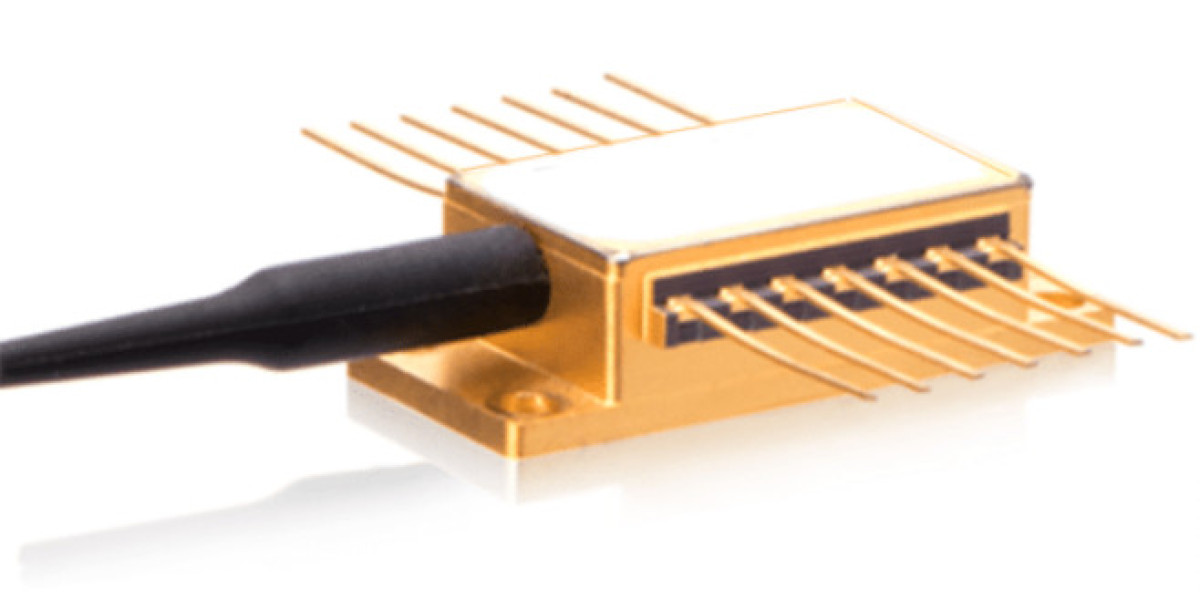In the ever-evolving world of photonics, the quest for efficient and high-performance light sources has led to the development of various technologies. One such innovation is the Distributed Feedback (DFB) Butterfly Module. These modules are essential in applications ranging from telecommunications to sensing technologies, thanks to their unique design and capabilities. This blog will explore what DFB Butterfly Modules are, their working principles, applications, and the advantages they bring to the table.
What are DFB Butterfly Modules?
DFB Butterfly Modules are compact, high-performance laser sources that utilize a distributed feedback mechanism to produce coherent light. The "butterfly" designation refers to the module's distinctive shape, which resembles a butterfly's wings. This design not only facilitates better thermal management but also houses the necessary optical and electronic components in a single package.
The core of the DFB laser is a semiconductor chip that features a periodic structure, creating a feedback mechanism that stabilizes the wavelength of the emitted light. By confining the light within the semiconductor, DFB lasers can achieve high spectral purity and narrow linewidths, making them ideal for precision applications.
How DFB Butterfly Modules Work
The operation of a DFB Butterfly Module is based on the principle of optical feedback. Heres a simplified breakdown of how it works:
Laser Structure: The DFB laser chip is made of a semiconductor material, usually indium gallium arsenide (InGaAs), which is capable of emitting light when electrically pumped.
Distributed Feedback: The chip incorporates a periodic grating that reflects specific wavelengths of light back into the active region, promoting stimulated emission at that wavelength. This feedback mechanism enhances the output power and stability of the laser.
Thermal Management: The butterfly package is designed with built-in thermoelectric coolers (TECs) that help maintain a stable temperature, crucial for wavelength stability and performance.
Output Coupling: The laser light is emitted through a facet of the chip, typically coupled to an optical fiber for transmission.
Applications of DFB Butterfly Modules
DFB Butterfly Modules are widely used in various fields, including:
Telecommunications: In optical communication systems, DFB lasers are essential for transmitting data over long distances. Their narrow linewidth and wavelength stability ensure minimal signal distortion and high data rates.
Sensing Technologies: These modules are employed in optical sensing applications, such as environmental monitoring and gas detection. Their ability to operate at specific wavelengths allows for precise measurements of various parameters.
Medical Applications: In medical diagnostics, DFB lasers are used in imaging techniques and laser therapies, providing accurate and reliable light sources for various procedures.
Research and Development: DFB Butterfly Modules are also vital in laboratories for developing new photonic technologies, enabling experiments that require stable and coherent light sources.
Advantages of DFB Butterfly Modules
The DFB Butterfly Module offers several benefits, making it a preferred choice for many applications:
Wavelength Stability: The distributed feedback mechanism ensures a stable output wavelength, critical for applications requiring high precision.
High Efficiency: These modules typically exhibit high optical output power with low electrical power consumption, contributing to overall system efficiency.
Compact Design: The butterfly form factor allows for integration into various systems without occupying excessive space, making them suitable for compact applications.
Thermal Management: The built-in cooling systems help maintain performance consistency, even in varying environmental conditions.
Conclusion
DFB Butterfly Modules represent a significant advancement in laser technology, providing reliable and efficient light sources for a wide range of applications. Their unique design, coupled with the advantages of wavelength stability and compactness, makes them indispensable in telecommunications, sensing, and medical fields. As the demand for high-performance lasers continues to grow, DFB Butterfly Modules are poised to play an increasingly vital role in shaping the future of photonics.








